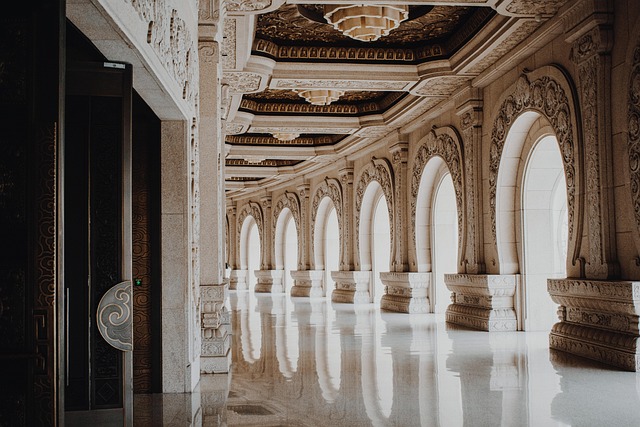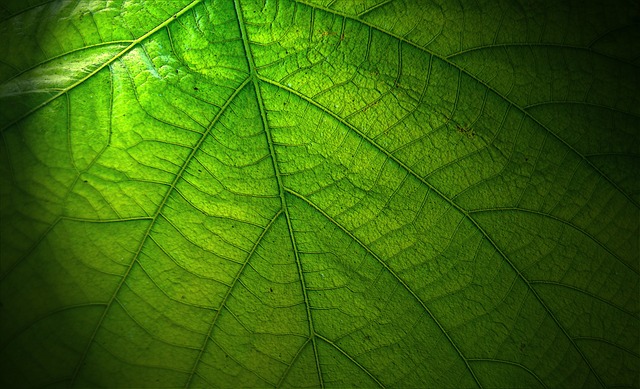When diving into the world of photography, one essential accessory often stirs debate among both amateur and professional photographers: the UV filter. Traditionally known for its protective qualities, the UV filter has become a staple in many camera bags. But how does it actually impact camera optics? Understanding its role can greatly enhance your photographic experience.
The primary function of a UV filter is to block ultraviolet light, which can create a hazy look in photos taken at high altitudes or in bright sunlight. While most modern camera sensors and lenses are designed to handle UV light without issue, a UV filter can still serve as a beneficial tool, especially in bright conditions where it can reduce glare.
Beyond its function as a light blocker, the UV filter plays a pivotal role in protecting your camera’s lens. Accidental drops, scratches from dust, and fingerprint smudges can severely impact the quality of your photos. By using a UV filter, you create a barrier that can be easily cleaned or replaced, ensuring your primary lens remains unscathed. Many photographers have experienced the heartbreak of a damaged lens only to realize that a simple filter could have saved the day.
Another aspect to consider is the impact of a UV filter on image quality. While some purists argue that adding additional glass can degrade clarity, high-quality UV filters are designed with advanced optics that minimize distortion and aberration. This means you can enjoy the benefits of protection while maintaining the integrity of your photos. Investing in a reputable brand can make all the difference in achieving sharp, vibrant images.
Moreover, UV filters can enhance colors and improve contrast, especially in landscapes. When used correctly, they can add depth and richness to your outdoor photography, making your images pop. Consider a crisp morning where a soft sunlight bathes the landscape—a good UV filter can ensure those colors remain vibrant and life-like.
For photographers who work in varying light conditions, the versatility of a UV filter is a major advantage. It can be left on the lens, ready to tackle unexpected challenges without having to switch out filters constantly. This enables a seamless shooting experience, allowing the photographer to focus on composition rather than equipment adjustments.
In the pursuit of perfecting your photography skills, understanding your camera’s optics is paramount. A UV filter offers a combination of protection, enhancement, and convenience that aligns with the vital elements of photography. Whether you are capturing a breathtaking sunset, a bustling cityscape, or a serene portrait, this unassuming filter plays a silent but significant role in ensuring every shot is as unforgettable as the moment itself.
As you continue your journey through the lens of your camera, remember the impact of the UV filter is more than just physical protection—it’s a key player in the artistry of photography, enabling you to capture the world with clarity, color, and confidence.




